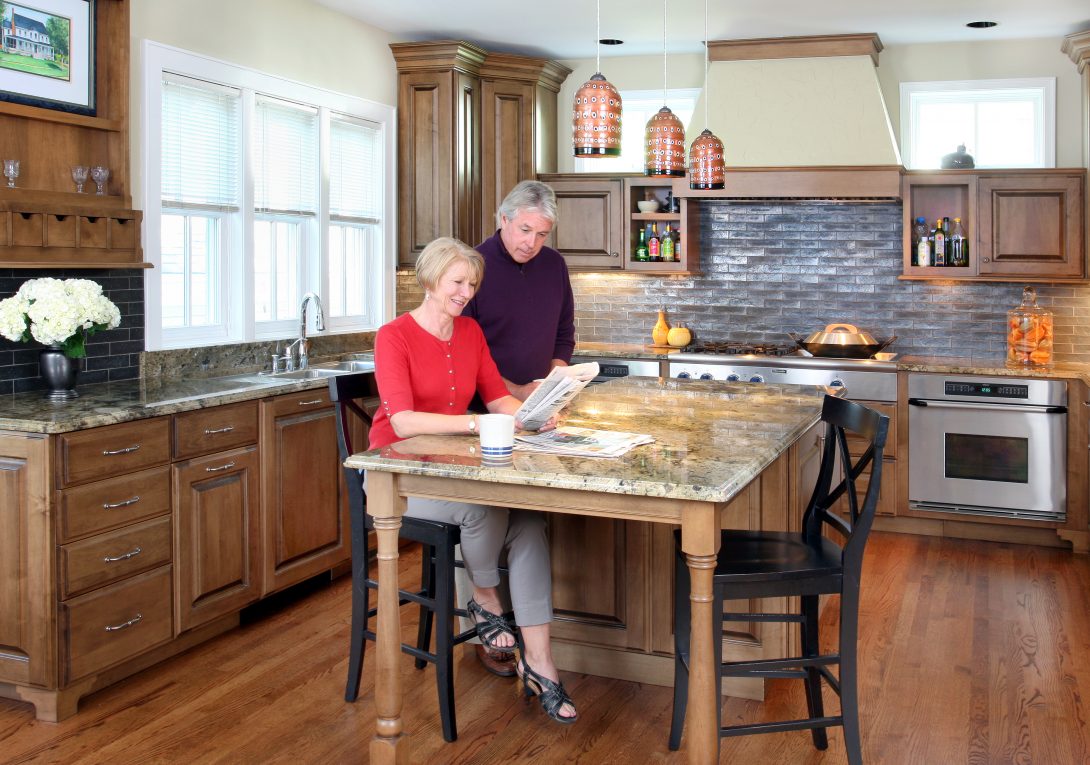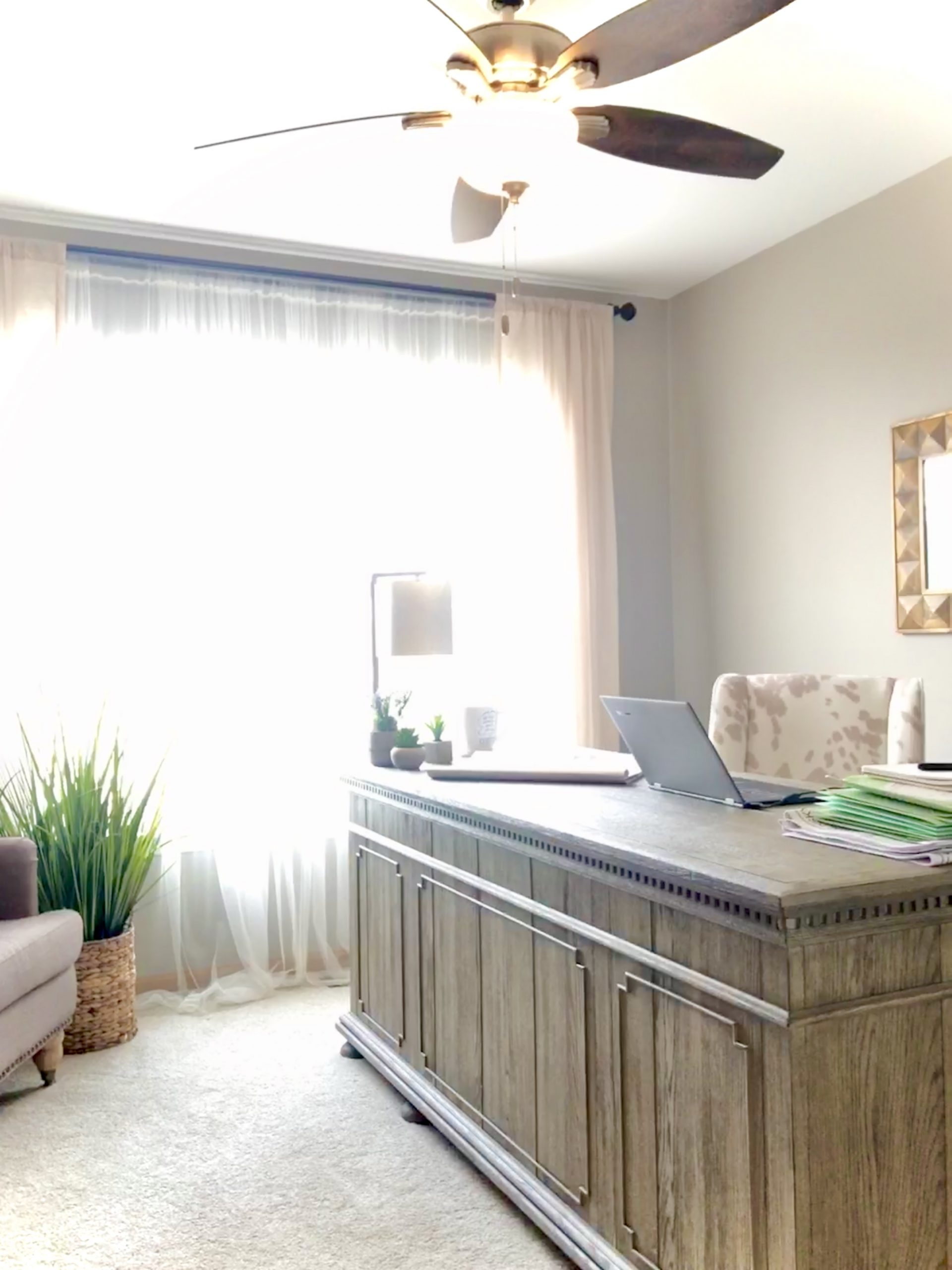
This scenario of design-mismatched spouses is more common than you would imagine. Fortunately, Normandy Designers are used to helping couples navigate these differences of opinion, and even have a few tricks up their sleeves to help things move along smoothly. One of the most effective ways Normandy Designer Leslie Lee uses to help her clients find common ground is the photo sharing website, Houzz.
If you’re not familiar with Houzz, it’s a website that compiles millions of photos, specific to homes, and lets you save your favorites in digital folders called ideabooks. These ideabooks can be focused on different rooms in the home, or different possible solutions you’re considering. “The first step in using Houzz is for you and your spouse to each create your own account,” says Leslie. “This allows each of you to cultivate your own style and preferences without causing conflict. It also lets designers like me see each of your unique perspectives, so that I can compare and contrast both styles, find similarities, and figure out which way to blend them best.”

Once your Houzz ideabooks are created, your design professional knows just how to make both of your style voices heard. “For me, asking lots of questions about preferences and functionality allows me to gain a better understanding of each person,” Leslie adds. “Style-wise, there’s usually a color palette or common attributes such as clean lines, that I can spot among all the photos, which may be harder for people to identify on their own. Ultimately, it’s my job to create a design that wows both partners, and people are often surprised at how much I can find they have in common in their likes and preferences.”
When you’re ready to meet with a design professional, your advance prep work will come in handy. “Coming into a consultation with lots of research and examples makes the process much easier,” Leslie states. “It gives me a head start on understanding where you’re coming from, minimizes the potential for conflict between partners, and can make the overall design process go a bit quicker.”
Whether you and your spouse are in-step, or if you need an expert to help you navigate toward a solution, set up a time to talk with Leslie about your home addition or major remodel. You can also get a head start on your Houzz ideabooks, or find even more inspiration and insight on Facebook and Instagram.




 Wrapping your head around today’s current climate is a challenge in itself, pack on your new “work from home” norm and you’ve basically whipped up a recipe for disaster. There are several outside factors that impact your mood, and your home’s current setup could be one of them.
Wrapping your head around today’s current climate is a challenge in itself, pack on your new “work from home” norm and you’ve basically whipped up a recipe for disaster. There are several outside factors that impact your mood, and your home’s current setup could be one of them. Oftentimes, we will do various tasks in rooms devoted to specific functions. “Getting work done in your bedroom, a room designed for rest, halts productivity as your brain associates that space with sleep,” Ashley notes. “This is also important to keep in mind when trying to create routines. For example, if you routinely tend to read a book or journal in your bedroom before going to bed, your brain associates these activities with sleep, which will cause you to become drowsy even though you’re not planning to go to bed.” This is also evident when working from home. “For those who have a tendency to stray to various parts of your home to get work done, try to create a designated room or space for solely doing work,” Ashley mentions. “The goal of this is to have your brain associate getting work done with a specific area, which allows you to mentally be ready to go and become more productive.”
Oftentimes, we will do various tasks in rooms devoted to specific functions. “Getting work done in your bedroom, a room designed for rest, halts productivity as your brain associates that space with sleep,” Ashley notes. “This is also important to keep in mind when trying to create routines. For example, if you routinely tend to read a book or journal in your bedroom before going to bed, your brain associates these activities with sleep, which will cause you to become drowsy even though you’re not planning to go to bed.” This is also evident when working from home. “For those who have a tendency to stray to various parts of your home to get work done, try to create a designated room or space for solely doing work,” Ashley mentions. “The goal of this is to have your brain associate getting work done with a specific area, which allows you to mentally be ready to go and become more productive.”